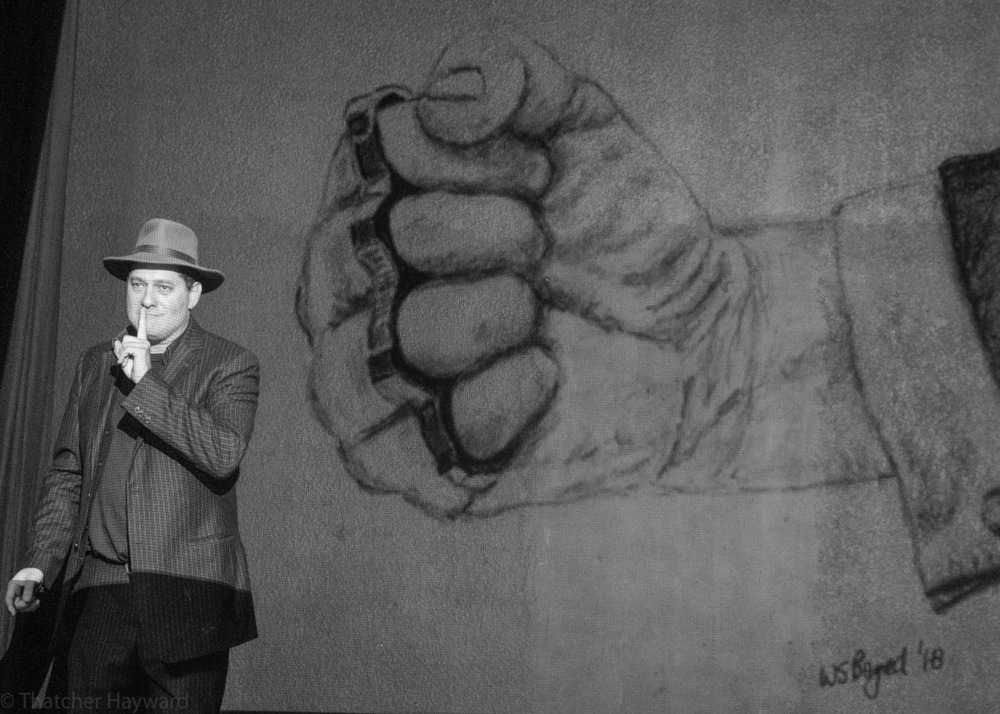
A FAIR FIGHT
first performed on April 8, 2019
The Marsh Theatre, San Francisco, CA
performed five times in 2019
L.M. BOGAD
Walter Bogad
Berkeley, CA
568378018l568378018m568378018b568378018o568378018g568378018a568378018d568378018@568378018g568378018m568378018a568378018i568378018l568378018.568378018c568378018o568378018m
lmbogad.com
A FAIR FIGHT
L.M. BOGAD
“A FAIR FIGHT” is the story of a family of Belarusian Jews that came to New York City around 1900. They carried a rare, obscure last name and a tight-knit familial bond with them to the Lower East Side. This is their story of street fights, smuggling, speakeasies, and prizefighting during Prohibition, culminating in an armed confrontation with the KKK in upstate New York in the depths of the Depression.
In this piece, I play myself, my father, his father, and his father, as I grapple with my patrilineal lineage and its violence, trauma, and fierce love. I also play my granduncle Chickie Bogad who, after a brutal youth, became very accomplished as a trainer and manager in boxing. Chickie found beauty in this blood sport, where the fights were at least supposed to be fair.
The piece moves back and forth through the generations, from my own experiences, to my father’s funny but tough working-class Bronx memories, to the deeply violent times that my grandfather and his nine brothers and sisters went through. In the end, I’m taking care of my grandfather when he has dementia, while he thinks I’m one of his old buddies in the gang back in the 1930s.
The piece includes projections of illustrations drawn by my 85-year old artist father, Walter, my favorite artistic collaborator. It was his idea to subvert Norman Rockwell’s “Shuffleton’s Barber Shop,” a classic painting of idealistic Americana, into the KKK meeting place from our story. I also draw from newspaper clippings about Chickie, and hundreds of pages of meeting notes from the Bogad Family Circle, a mutual aid society which met monthly from 1942 to 1972 and kept copious records of their jokes, gambling, arguments, and serious efforts to help each other through hard times.
“A FAIR FIGHT” spans the generations to explore history, familial love and memory, the pros and cons of holding a grudge or keeping your values, and to question and probe evolving definitions of “manhood,” “toughness,” and “American-ness.”
Most importantly, I use this personal narrative to connect my own family history with the current struggles of immigrants against nativism, white supremacy, criminalization, and racism. I am trying to leverage the nostalgia this material generates for some audiences to spark empathetic insight, and inspire solidarity with the immigrants of today.